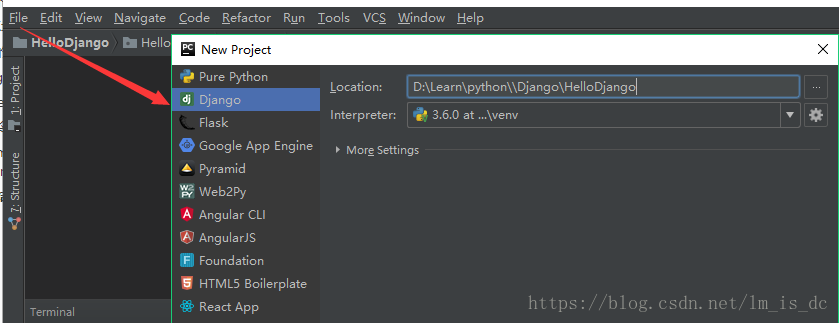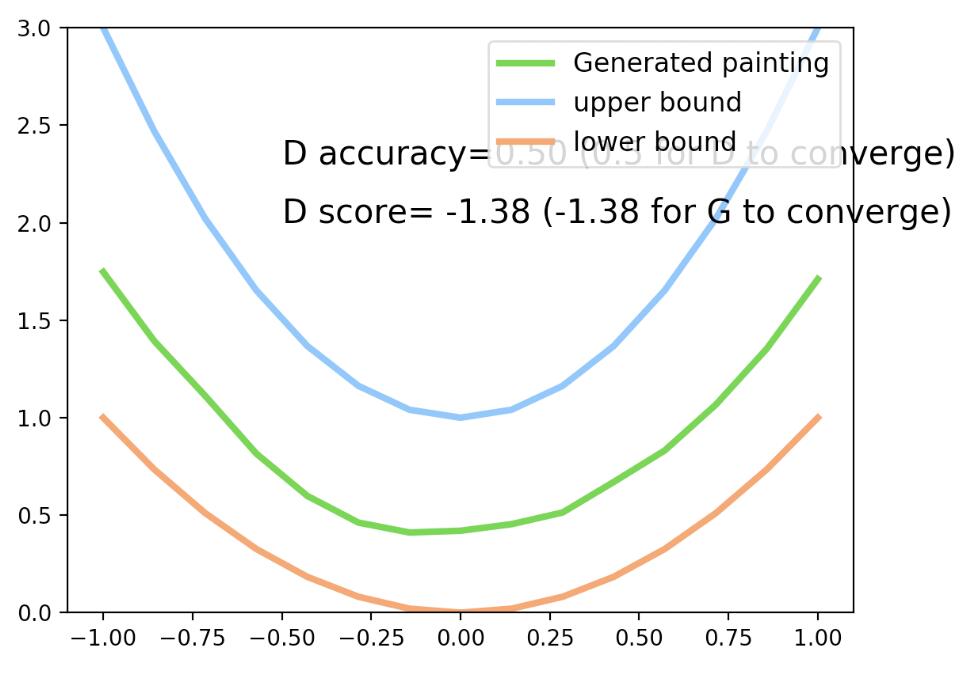10个易被忽视但应掌握的Python基本用法
这里没有列表推导和lambda函数。虽然这两个用法都是Python式的,效率高也非常酷,但由于经常在StackOverflow或其他地方碰到,所以学Python的应该都知道这两个东西。同时也没有三元运算符、装饰器和生成器,因为我很少用到。
本文还有一个IPython notebook nbviewer版本。
1. 在Python 2中使用Python 3式的输出
Python 2与Python 3不兼容,这让我不知道该选择哪个版本的Python。最终我选择了Python 2,因为当时许多我需要用的库都与Python 3不兼容。
但实际上,日常使用中最大的版本差异是输出(print)和除法行为。现在我在Python 2的代码中都用import from future来导入Python 3的输出和除法。现在我用到的几乎所有库都支持Python 3,因此会很快迁移到Python 3中。
mynumber = 5
print "Python 2:"
print "The number is %d" % (mynumber)
print mynumber / 2,
print mynumber // 2
from __future__ import print_function
from __future__ import division
print('nPython 3:')
print("The number is {}".format(mynumber))
print(mynumber / 2, end=' ')
print(mynumber // 2)
Python 2:
The number is 5
2 2
Python 3:
The number is 5
2.5 2
对了,对于C系的那些更喜欢括号而不是缩进的开发者,这里还有一个彩蛋:
from __future__ import braces File "", line 1 from __future__ import braces SyntaxError: not a chance
2. enumerate(list)
很明显,迭代列表时,应该同时迭代其中的元素及其索引,但在很长一段时间内,我都尴尬的使用计数变量或切片。
mylist = ["It's", 'only', 'a', 'model'] for index, item in enumerate(mylist): print(index, item) 0 It's 1 only 2 a 3 model
3. 链式比较操作符
由于我以前使用的是静态语言(在这些语言中该用法有二义性),从来没有将两个比较操作符放在一个表达式中。在许多语言中,4 > 3 > 2会返回False,因为4 > 3的结果是布尔值,而True > 2将得出False。
mynumber = 3
if 4 > mynumber > 2:
print("Chained comparison operators work! n" * 3)
Chained comparison operators work!
Chained comparison operators work!
Chained comparison operators work!
4. collections.Counter
Python的集合库看上去是最好的。在计算需要集合中元素的个数时,StackOverflow找到的答案是创建有序字典,但我坚持使用一个代码片段来创建字典,计算结果中元素出现的频率。直到有一天,我发现可以用collections.deque。
from collections import Counter from random import randrange import pprint mycounter = Counter() for i in range(100): random_number = randrange(10) mycounter[random_number] += 1 for i in range(10): print(i, mycounter[i])
0 10 1 10 2 13 3 6 4 6 5 11 6 10 7 14 8 12 9 8
5. 字典推导
Python开发者的一个重要标志就是理解列表推导,但最终我发现字典推导也很有用,特别是在交换字典的键和值的时候。
my_phrase = ["No", "one", "expects", "the", "Spanish", "Inquisition"]
my_dict = {key: value for value, key in enumerate(my_phrase)}
print(my_dict)
reversed_dict = {value: key for key, value in my_dict.items()}
print(reversed_dict)
{'Inquisition': 5, 'No': 0, 'expects': 2, 'one': 1, 'Spanish': 4, 'the': 3}
{0: 'No', 1: 'one', 2: 'expects', 3: 'the', 4: 'Spanish', 5: 'Inquisition'}
6. 用subprocess执行shell命令
以前,我使用os库调用外部命令处理文件,而现在我可以在Python中以编码的方式执行诸如ffmpeg这样的复杂命令进行视频编辑。
(是的,我和我的客户都使用Windows,如果你们因此鄙视我,我会大方地接受!)
注意,用os库完成这个特定命令比用subprocess更好。我只想有一个大家都熟悉的命令。同时,一般来说,在subprocess中使用shell=True参数是非常糟糕的主意,在这里使用这个参数仅仅是为了能在一个IPython notebook单元中放置命令的输出。不要自己使用这个参数!
import subprocess
output = subprocess.check_output('dir', shell=True)
print(output)
Volume in drive C is OS
Volume Serial Number is [REDACTED]
Directory of C:UsersDavidDocuments[REDACTED]
2014-11-26 06:04 AM <DIR> .
2014-11-26 06:04 AM <DIR> ..
2014-11-23 11:47 AM <DIR> .git
2014-11-26 06:06 AM <DIR> .ipynb_checkpoints
2014-11-23 08:59 AM <DIR> CCCma
2014-09-03 06:58 AM 19,450 colorbrewdict.py
2014-09-03 06:58 AM 92,175 imagecompare.ipynb
2014-11-23 08:41 AM <DIR> Japan_Earthquakes
2014-09-03 06:58 AM 1,100 LICENSE
2014-09-03 06:58 AM 5,263 monty_monte.ipynb
2014-09-03 06:58 AM 31,082 pocket_tumblr_reddit_api.ipynb
2014-11-26 06:04 AM 3,211 README.md
2014-11-26 06:14 AM 19,898 top_10_python_idioms.ipynb
2014-09-03 06:58 AM 5,813 tree_convert_mega_to_gexf.ipynb
2014-09-03 06:58 AM 5,453 tree_convert_mega_to_json.ipynb
2014-09-03 06:58 AM 1,211 tree_convert_newick_to_json.py
2014-09-03 06:58 AM 55,970 weather_ML.ipynb
11 File(s) 240,626 bytes
6 Dir(s) 180,880,490,496 bytes free
7. 字典的.get()和.iteritems()方法
字典的get()方法可以设置默认值,当用get()查找的键不存在时,返回方法中的默认值参数是很有用的。与列表中的enumerate()相同,可以用键值元组迭代字典中的元素。
my_dict = {'name': 'Lancelot', 'quest': 'Holy Grail', 'favourite_color': 'blue'}
print(my_dict.get('airspeed velocity of an unladen swallow', 'African or European?n'))
for key, value in my_dict.iteritems():
print(key, value, sep=": ")
African or European?
quest: Holy Grail
name: Lancelot
favourite_color: blue
8. 用于交换元素的元组解包
在VB中,每当需要交换两个变量时,都要用要一个愚蠢的临时变量:c = a; a = b; b = c
a = 'Spam' b = 'Eggs' print(a, b) a, b = b, a print(a, b) Spam Eggs Eggs Spam
9. 内省工具Introspection tools
我知道dir()方法,我本以为help()方法和IPython中的?魔法命令是一样的,但help()的功能更强大。
my_dict = {'That': 'an ex-parrot!'}
help(my_dict)
Help on dict object:
class dict(object)
| dict() -> new empty dictionary
| dict(mapping) -> new dictionary initialized from a mapping object's
| (key, value) pairs
| dict(iterable) -> new dictionary initialized as if via:
| d = {}
| for k, v in iterable:
| d[k] = v
| dict(**kwargs) -> new dictionary initialized with the name=value pairs
| in the keyword argument list. For example: dict(one=1, two=2)
|
| Methods defined here:
|
| __cmp__(...)
| x.__cmp__(y) <==> cmp(x,y)
|
| __contains__(...)
| D.__contains__(k) -> True if D has a key k, else False
|
| __delitem__(...)
| x.__delitem__(y) <==> del x[y]
|
| __eq__(...)
| x.__eq__(y) <==> x==y
|
[TRUNCATED FOR SPACE]
|
| update(...)
| D.update([E, ]**F) -> None. Update D from dict/iterable E and F.
| If E present and has a .keys() method, does: for k in E: D[k] = E[k]
| If E present and lacks .keys() method, does: for (k, v) in E: D[k] = v
| In either case, this is followed by: for k in F: D[k] = F[k]
|
| values(...)
| D.values() -> list of D's values
|
| viewitems(...)
| D.viewitems() -> a set-like object providing a view on D's items
|
| viewkeys(...)
| D.viewkeys() -> a set-like object providing a view on D's keys
|
| viewvalues(...)
| D.viewvalues() -> an object providing a view on D's values
|
| ----------------------------------------------------------------------
| Data and other attributes defined here:
|
| __hash__ = None
|
| __new__ =
| T.__new__(S, ...) -> a new object with type S, a subtype of T
10. PEP-8兼容的字符串连接
PEP8是Python编码样式指南。撇开其他的不看,PEP8要求每行不能超过80个字符,超过的部分要换行并缩进。
可以通过反斜杠、带逗号“,”的圆括号“()”、或者额外的加号“+”来完成换行。但对于多行字符串,这些解决方案都不够优雅。Python有个多行字符串记号,即三个引号,但这样无法换行后保持缩进。
还有一个方法,那就是不带逗号的圆括号。我不知道为什么这种方式能工作,但能用就行。
my_long_text = ("We are no longer the knights who say Ni! "
"We are now the knights who say ekki-ekki-"
"ekki-p'tang-zoom-boing-z'nourrwringmm!")
print(my_long_text)
we are no longer the knights who say Ni! We are now the knights who say ekki-ekki-ekki-p'tang-zoom-boing-z'nourrwringmm!

